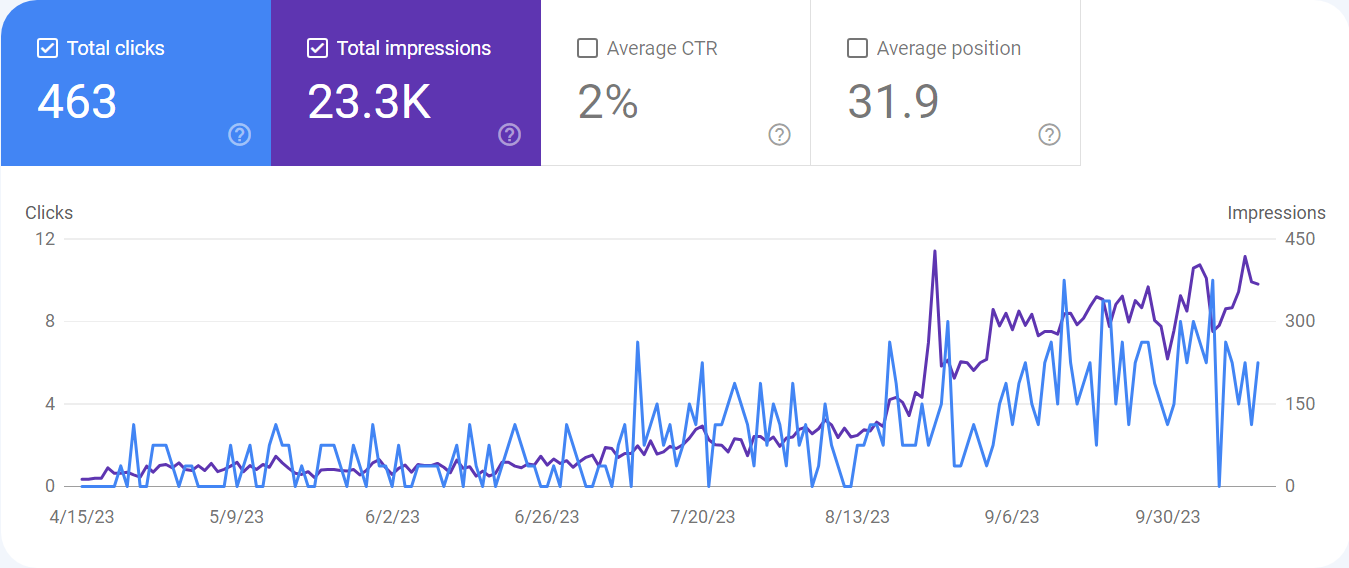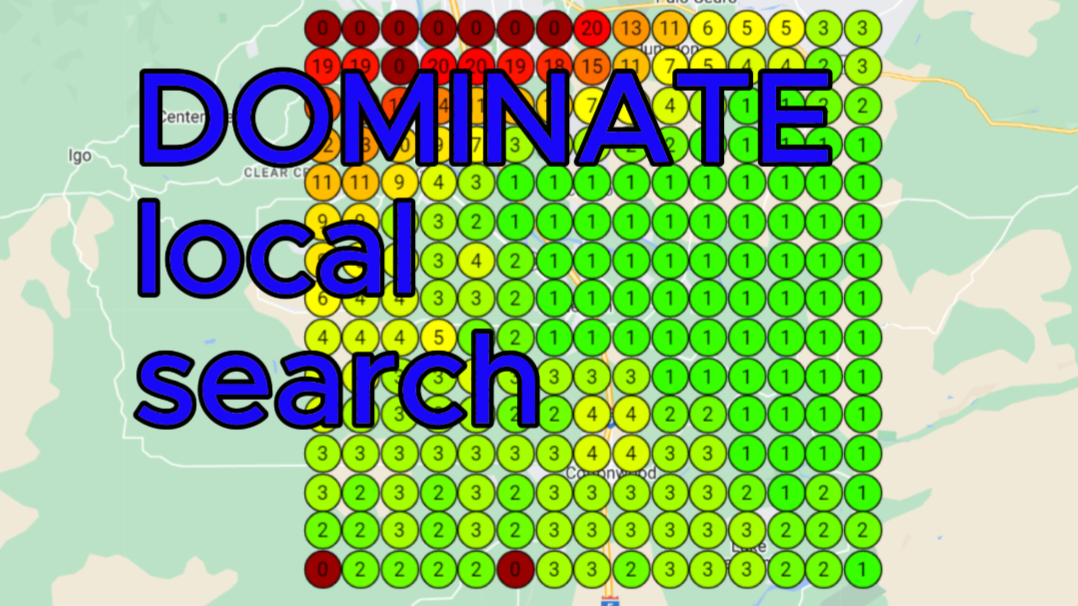DIY SEO for Local Business Owners: The Official 2025 Guide
Local SEO isn't a luxury or an option any longer, it's a necessity. Here's our 2025 guide to effective & efficient DIY local marketing online
For local business owners, getting found online is no longer optional—it’s a necessity. But what happens when you don’t want to hire an expert, can’t afford one, or simply want to take the reins yourself? Enter DIY SEO, or what I like to call Search Everywhere Optimization. It’s about building a robust online footprint across every platform imaginable to boost familiarity, control your narrative, and ultimately drive customers through your door. The good news? You can make real progress by focusing your time on the right tasks. The reality? It’s a grind that requires strategy and persistence.
The key to DIY SEO lies in mastering four critical pillars: On-Page SEO, Off-Page SEO, Local SEO, and Reputation SEO. Each pillar plays a unique role in elevating your online presence, and together, they form a foundation that can compete in today’s crowded digital landscape. Let’s break down the most critical tasks in each pillar, why they matter, and how you can prioritize your time effectively—because, let’s be honest, your to-do list is already long enough.
On-Page SEO: Fine-Tuning Your Website for Visibility
On-Page SEO is all about optimizing what’s on your website to make it irresistible to search engines like Google. Think of your site as your digital storefront—every detail needs to scream relevance and value.
- Critical Task: Optimize your title tags, meta descriptions, and headers with local keywords like “DIY plumber in [Your City]” or “best coffee shop near me.” Keep them concise, compelling, and packed with terms your customers actually search for.
- Why It Matters: Search engines use these elements to understand what your page is about and determine if it’s worth showing to searchers. Nail this, and you’re more likely to rank for DIY SEO-related queries—like the ones that’ll land you on page one.
- Time-Saving Tip: Use free tools like Google Keyword Planner to find high-traffic, low-competition keywords specific to your area. Update one page at a time, starting with your homepage and top service pages.
- Additional Critical Task: Create and optimize location-specific landing pages (e.g., “Plumbing Services in [Your City]” or “Best Haircuts in [Neighborhood]”).
- Why It Matters: These pages target hyper-local searches, increasing your chances of ranking for specific areas you serve. Search engines love content tailored to user intent, and customers searching “near me” are more likely to convert when they land on a page that feels custom-made for them.
- Time-Saving Tip: Duplicate your main service page as a template, then swap in local keywords and details (like city names or landmarks) using a simple find-and-replace tool in your website editor.
This pillar is your starting line. Without a well-optimized site, the other pillars won’t have a strong base to stand on. But crafting keyword-rich content that doesn’t sound robotic? That’s a balancing act that takes practice.
Off-Page SEO: Building Authority Beyond Your Website
Off-Page SEO focuses on what happens outside your domain—think of it as your online street cred. It’s about proving to search engines that your business is trustworthy and relevant, even when you’re not directly in control.
- Critical Task: Earn backlinks from local blogs, news sites, or industry directories by guest posting or collaborating with nearby businesses. A link from “[Your City] Chamber of Commerce” beats a random spammy site any day.
- Why It Matters: Backlinks act like votes of confidence. The more reputable sites linking to you, the higher Google pushes you up the rankings. For DIY local SEO, local links are gold—they signal relevance to your community.
- Time-Saving Tip: Start small by reaching out to one local partner a week. Offer a trade—like a shoutout for a link—or pitch a helpful article they can publish.
- Additional Critical Task: Get listed in high-quality local online directories beyond the obvious ones—like industry-specific sites (e.g., Healthgrades for doctors) or regional business listings.
- Why It Matters: Directory listings boost your backlink profile and expose your business to niche audiences who trust those platforms. Consistent citations (name, address, phone number) across directories also reinforce your credibility with search engines.
- Time-Saving Tip: Use a service like Yext or BrightLocal to submit your business to multiple directories at once, then manually tweak the top 3–5 most relevant ones for your industry.
This pillar is a slow burn. Building relationships and earning links takes time and hustle, but it’s a powerful way to amplify your presence across the web.
Local SEO: Dominating the Map Pack and Beyond
Local SEO is the heartbeat of any brick-and-mortar business’s online strategy. It’s how you show up in Google’s coveted “Map Pack” or when someone searches “near me” on their phone while standing two blocks away.
- Critical Task: Claim and optimize your Google Business Profile (GBP). Fill out every field—hours, categories, photos, services—and post weekly updates like offers or events. Then, expand to other directories like Yelp, Bing Places, and Apple Maps.
- Why It Matters: Over 46% of Google searches have local intent, and GBP is often the first thing customers see. A complete, active profile builds trust and boosts your chances of ranking for DIY local SEO terms tied to your area.
- Time-Saving Tip: Use a free tool like Moz Local to check your listings across platforms and fix inconsistencies (e.g., mismatched phone numbers) in bulk.
- Additional Critical Task: Add structured data markup (schema) to your website, like LocalBusiness schema, to highlight your address, hours, and services.
- Why It Matters: Schema helps search engines understand your business better, increasing the odds of appearing in rich results (like starred reviews or map snippets). For local SEO, this can give you an edge in the Map Pack and boost click-through rates.
- Time-Saving Tip: Use Google’s free Structured Data Markup Helper to generate the code, then paste it into your site’s HTML—or ask your website platform’s support for a quick assist.
This pillar is non-negotiable for local businesses. It’s your ticket to being found when proximity matters most, but keeping all those profiles updated? It’s a juggling act.
Reputation SEO: Turning Reviews into Rankings
Reputation SEO ties directly into Search Everywhere Optimization. It’s about gathering reviews across multiple platforms—Google, Facebook, Yelp, industry-specific sites like Angie’s List—to build trust and influence search rankings.
- Critical Task: Actively ask happy customers for reviews and make it easy with direct links or QR codes. Respond to every review, positive or negative, with professionalism and gratitude.
- Why It Matters: Reviews are a double win—they signal credibility to search engines (boosting rankings) and convince hesitant customers to choose you. The more platforms you’re on, the wider your footprint and the more you control the narrative.
- Time-Saving Tip: Set up a simple email template or text script to request reviews after every sale. Batch-respond to reviews once a week to stay consistent.
- Additional Critical Task: Monitor and respond to mentions of your business on social media and forums, even if they’re not formal reviews.
- Why It Matters: Unaddressed mentions—positive or negative—shape your online narrative. Responding shows you’re engaged, builds trust, and can turn casual mentions into ranking signals if they link back to your site. It’s all part of controlling your Search Everywhere presence.
- Time-Saving Tip: Set up Google Alerts for your business name and check X weekly with a quick search (e.g., “[Your Business] [Your City]”). Dedicate 15 minutes a week to reply or thank people.
This pillar is your secret weapon. A flood of positive reviews across the web can outshine competitors, but chasing them down and managing feedback is a relentless task.
Search Everywhere Optimization: The Bigger Picture
DIY SEO isn’t just about ranking on Google—it’s about being everywhere your customers are. That means claiming profiles on social media (Facebook, Instagram, TikTok), niche directories (like TripAdvisor for restaurants), and even lesser-known search engines (Bing, DuckDuckGo). Each platform is a chance to reinforce your brand, snag a review, or catch a customer’s eye. The catch? It’s a marathon, not a sprint, and every pillar demands regular attention.
- On-Page SEO keeps your site sharp and relevant.
- Off-Page SEO builds your reputation beyond your control.
- Local SEO puts you on the map—literally.
- Reputation SEO turns happy customers into your loudest cheerleaders.
Together, they create a web of visibility that’s hard to ignore. But let’s be real: researching keywords, chasing links, updating profiles, and begging for reviews can feel like a second full-time job. The most successful DIY-ers carve out a few hours a week, prioritize ruthlessly, and lean on free tools to stretch their efforts.
Final Thoughts: Is DIY SEO Worth Your Time?
For local business owners, DIY SEO is a powerful way to take charge of your online destiny. By focusing on the four pillars—On-Page, Off-Page, Local, and Reputation—you can build a presence that rivals bigger players, even on a shoestring budget. The tradeoff? It’s a lot to handle. Between running your business and playing SEO strategist, your time gets stretched thin. The good news is that every step you take—every keyword tweak, every review earned—moves the needle. The question is: how long can you keep all those plates spinning?
With dedication, you can absolutely rank for your most relevant keywords, and watch the customers roll in. Just don’t be surprised if, along the way, you start daydreaming about handing the reins to someone who lives and breathes this stuff—like the pros at Golden Oak Local SEO. For now, roll up your sleeves, pick a pillar, and get started. Your spot on page one is waiting.
























